We ask 3 Malaysian zoos what they do with all their animal poop. They answer.

- 614Shares
- Facebook591
- Twitter4
- LinkedIn4
- Email3
- WhatsApp12
[This article was originally published in January 2020.]
Here’s a fun trivia: do you know that an adult African elephant can poop out up to 136 kilograms of crap per day? By comparison, the average human will have to poop out 300 pieces of crap to match that.
Now imagine a herd of elephants at the zoo. Imagine them all crapping in unison. Actually, imagine all the combined animals in the zoo crapping together. That’s a load of literal crap, but it may be hard to picture because you rarely see mountains of dung when you visit a Malaysian zoo. But the mountains of dung do exist, it’s just not displayed for all to see.
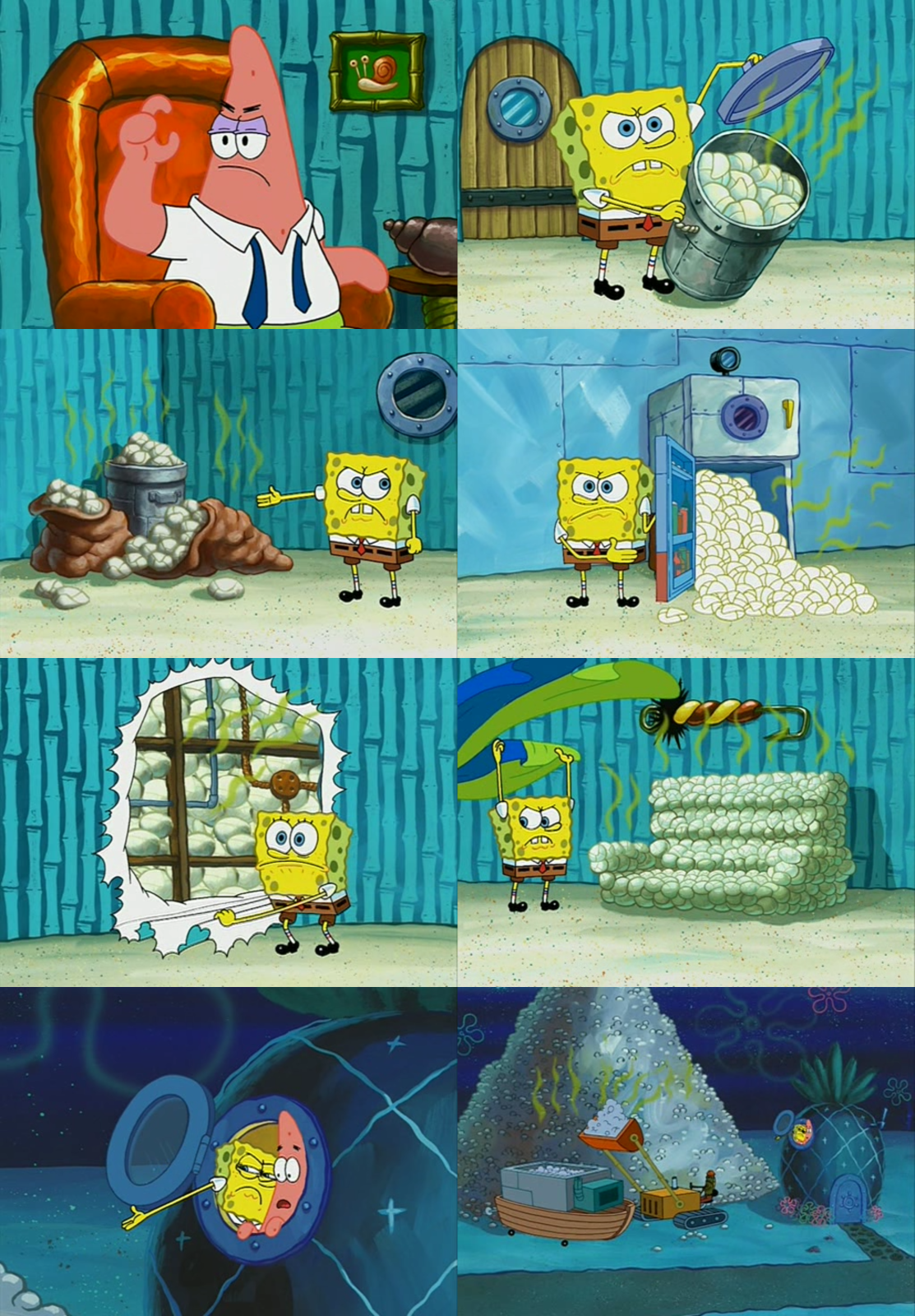
“Ah, c’mon. There can’t be that much p-” Img from Imgflip.
So where does it all go then? What do Malaysian zoos do with them? To find out, Cilisos contacted some people familiar with doodie duty at three local zoos, and we found out that…
Some zoos literally make a tonne of crap every day
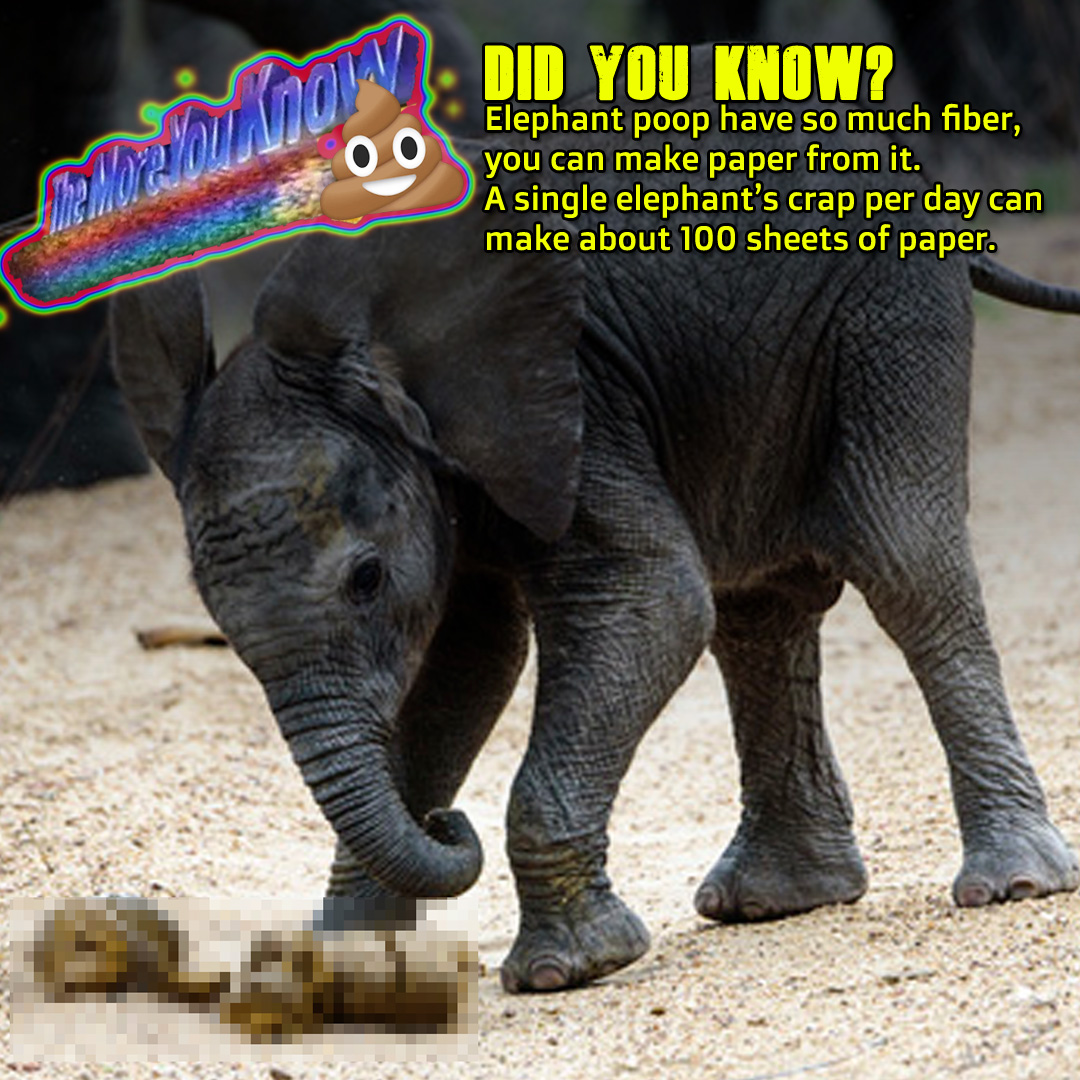
Everywhere I go, I see the same crap. Original img from Earth Rangers.
People who own pets probably know this already, but handling poop is a big part of keeping animals around. The person from Zoo Taiping estimates the amount of crap shoveled from the enclosures to be one tonne per day, while the guy from Zoo Melaka estimates the doodie weight to be closer to half a tonne.
So Zoo Taiping’s animals poop twice as much as the ones from Zoo Melaka, but maybe not. If you look at the animal population of both zoos, Zoo Taiping also have twice as many animals (1,200) than Zoo Melaka (600), giving us an initial guesstimated crapping rate of one tonne of dung per 1,200 animals.
But while a 2006 article mentioned that Zoo Negara‘s 4,000 animals poop out about one tonne of dung per day, they’ve recently told us that they only make about 300 kilos of poop per day. It might not be clear how that’s weird, so let’s put that in list form.
- Zoo Taiping: 1,200 animals, 1,000 kg of crap per day.
- Zoo Melaka: 600 animals, 500 kg of crap per day.
- Zoo Negara: 3,200 animals, 300 kg of crap per day.
So how come the stink don’t add up? Well, we dunno exactly, partly because we can’t find the detailed list of animals for the other Zoo Melaka and Zoo Taiping, and partly because the writer asked crappy questions. But based on what we do know, we think it may be the difference in the animals they keep.
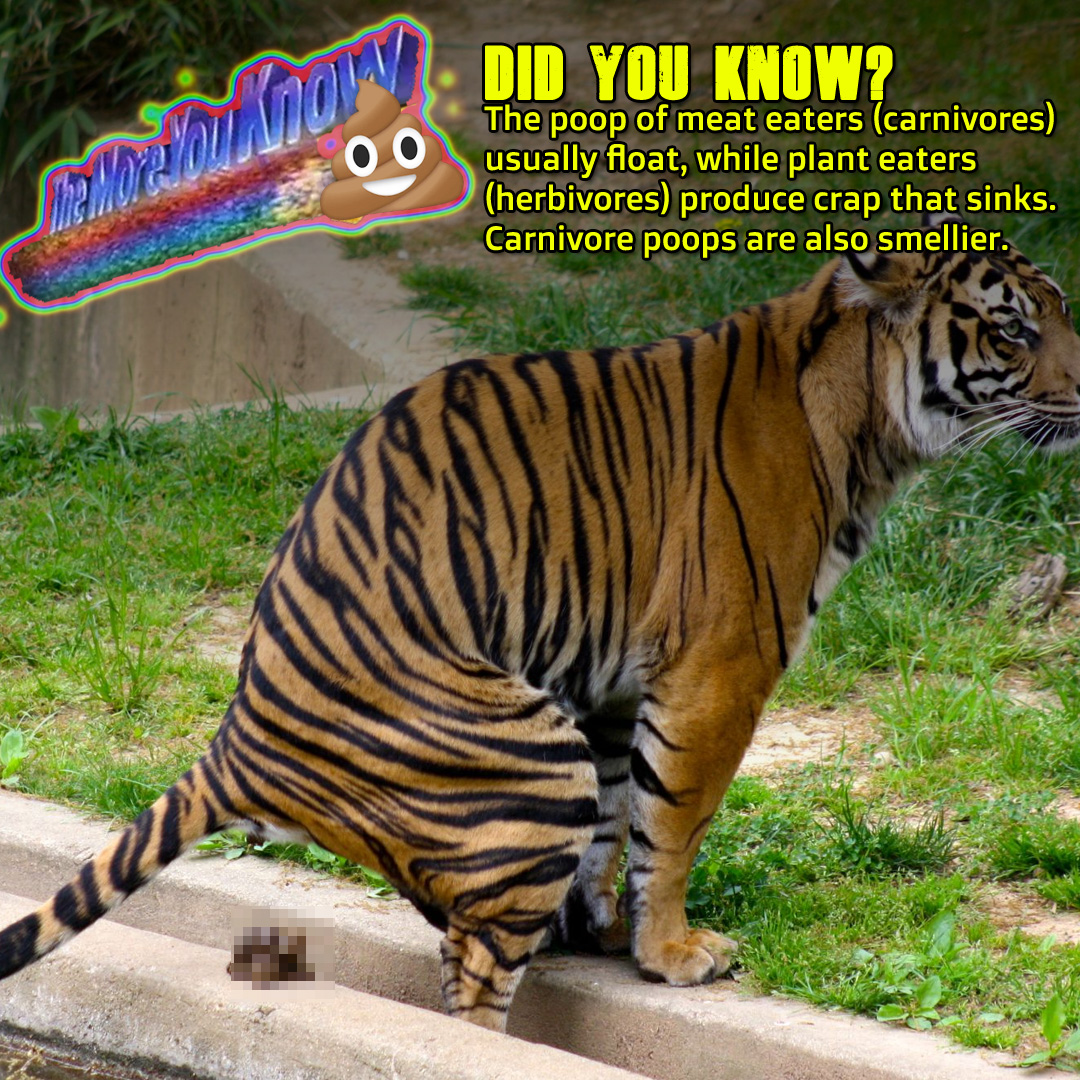
Cats will be cats. Original img from Imgflip.
According to our Zoo Melaka guy, the biggest poopers in their zoo are mammals like elephants, gaurs, cows and hippos (or rhinos, both called ‘badak’ in Malay), but the Zoo Negara most recent census showed that these animals probably make up less than one sixth of their total.
Of the 3200+ animals accounted for in Zoo Negara in 2018, more than half of them are fish, and about a third of them are reptiles, birds and invertebrates. These make either relatively negligible amounts of poop or poop in water, which makes their handling different.
So maybe some zoos just keep more poopy animals, or maybe different kinds of poop are being measured here. We dunno the exact reason behind this baffling disparity, but what we do know is that a zoo can potentially produce one empty MyVi’s weight in crap each day, and these three zoos poop out roughly the combined weight of the all the MPs within just ten days.
That’s a load of crap, so…
What do these zoos do with all that crap?

They gonna throw it in the dump, in the dump dump in the dump. Img from Giphy.
Based on our interviews, the default place for animal dung from zoos seem to be the garbage dump. For Zoo Melaka, the collected dung are accumulated in a RORO bin (ROll on – ROll off), which is like those huge garbage bins you see near construction sites. It generally takes around three days or so to fill up a bin.
After the bin is full, it will be taken care off by people from the nearby Jasin Prison based on a deal they have with the zoo. They aren’t sure what the prison does with the collected crap, but from what we understand they are dumped at a waste disposal site in Sungai Udang.
Zoo Taiping also send their crap to a waste disposal site, although the methods doesn’t seem to involve a prison. Zoo Negara, on the other hand, collects their poop and dumps them all at a designated poop site. But not all zoo animal crap gets thrown away; some may end up in other places as well.
According to a recent report by FMT, some Zoo Negara visitors apparently asked to take home the crap from elephants and tigers. Tiger dung may be used as a sort of natural wildlife repellent to keep them from coming near crops, while elephant dung are sometimes sought out for their purported use in traditional medicine.
While some of the time the zookeeper may oblige, more often than not the requests are turned down due to fears of the dung being infected with something.
“It may come back and haunt me since they tell me they would be applying the poo on the skin.” – Chess, a Zoo Negara caretaker, to FMT.
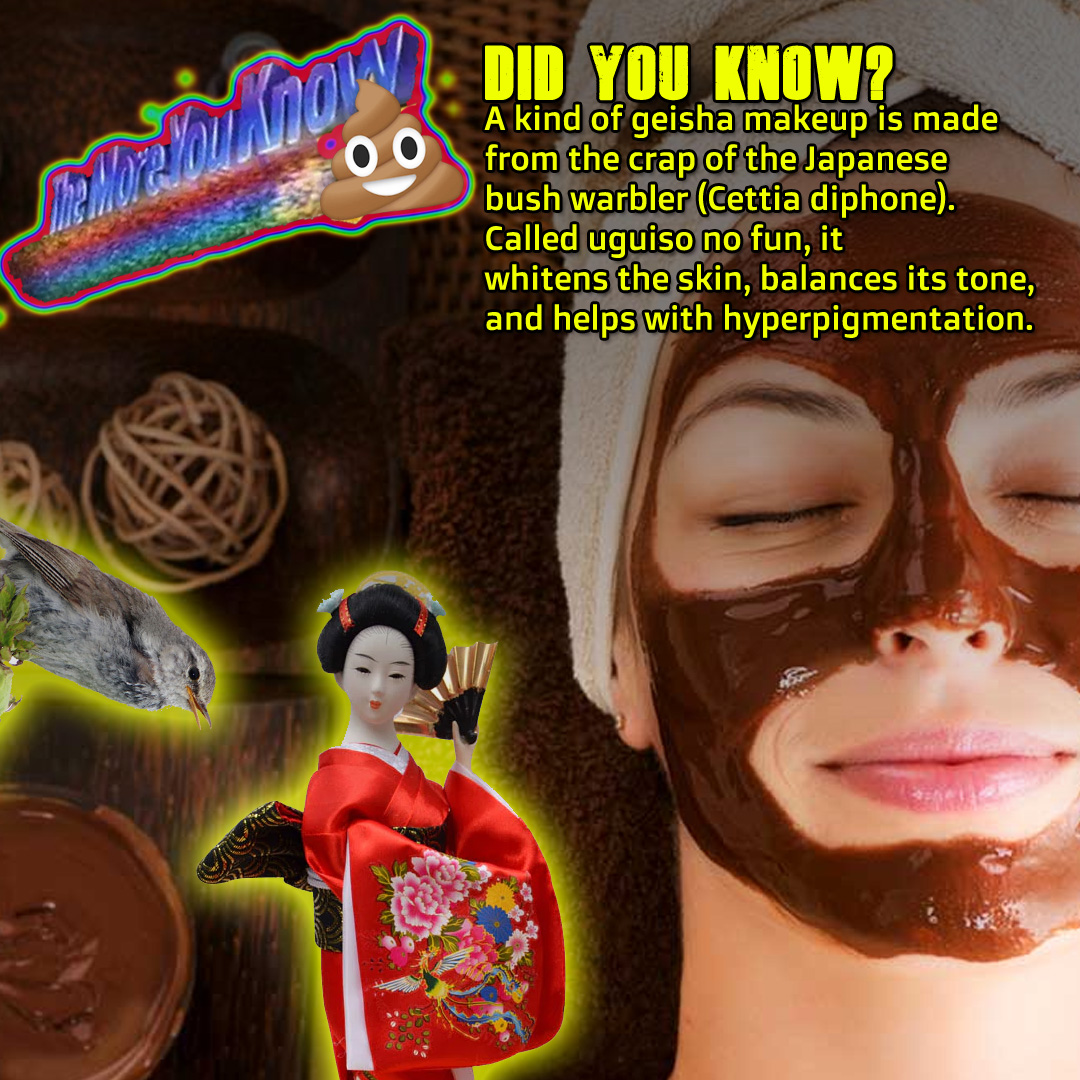
Cucumbers are out. Original imgs from Wikipedia, StyleCraze and AliExpress.
When we asked our sources from Zoo Melaka and Zoo Taiping about it, they confirmed that there are many requests for animal poop at their zoos as well, although very few actually managed to get their hands on poop. Selling poop could have been lucrative for these zoos, as Chess revealed that some visitors have offered as much as RM50-RM100 for a dollop of crap. However, it’s probably not a good idea for zoos to sell people sh*t knowing that they might get diseases from it, so maybe that’s why we’re still not seeing canned elephant crap in their gift shops yet.
One obvious way to handle the sheer amount of dung is by turning them into fertilizer, and the 2006 Zoo Negara article did mention them going into a pilot project with a company named Pollution Engineering Sdn Bhd for that. The plan was for the company to make organic fertilizer out of dung and sell those at RM10-30 per bag, with the proceeds going to the Malaysian Zoological Society.
We dunno if that’s still ongoing, but we were recently told that the dung at Zoo Negara are collected in one place and matured for about five years (after which they became crumbly, brown and odorless) before being turned into organic fertilizer.
“After the dung has matured, we will turn it into organic fertilizer. This will be used for fertilizing works around Zoo Negara. Besides that, we will also filter this organic fertilizer and sell them at the information counter as well as during Zoo Negara’s Outreach activities,” – Zoo Negara Parks Department, to Cilisos.
Zoo Taiping and Zoo Melaka have also been turning their animal dung into fertilizer, but seemingly not at a commercial scale. Zoo Taiping seemed to only do that on demand, and the activity is seasonal. Mostly, the fertilizer produced is used for landscaping within the zoo grounds. As for Zoo Melaka, it would seem that the fertilizer conversion is probably done by the prison in Jasin, although the details are unclear.
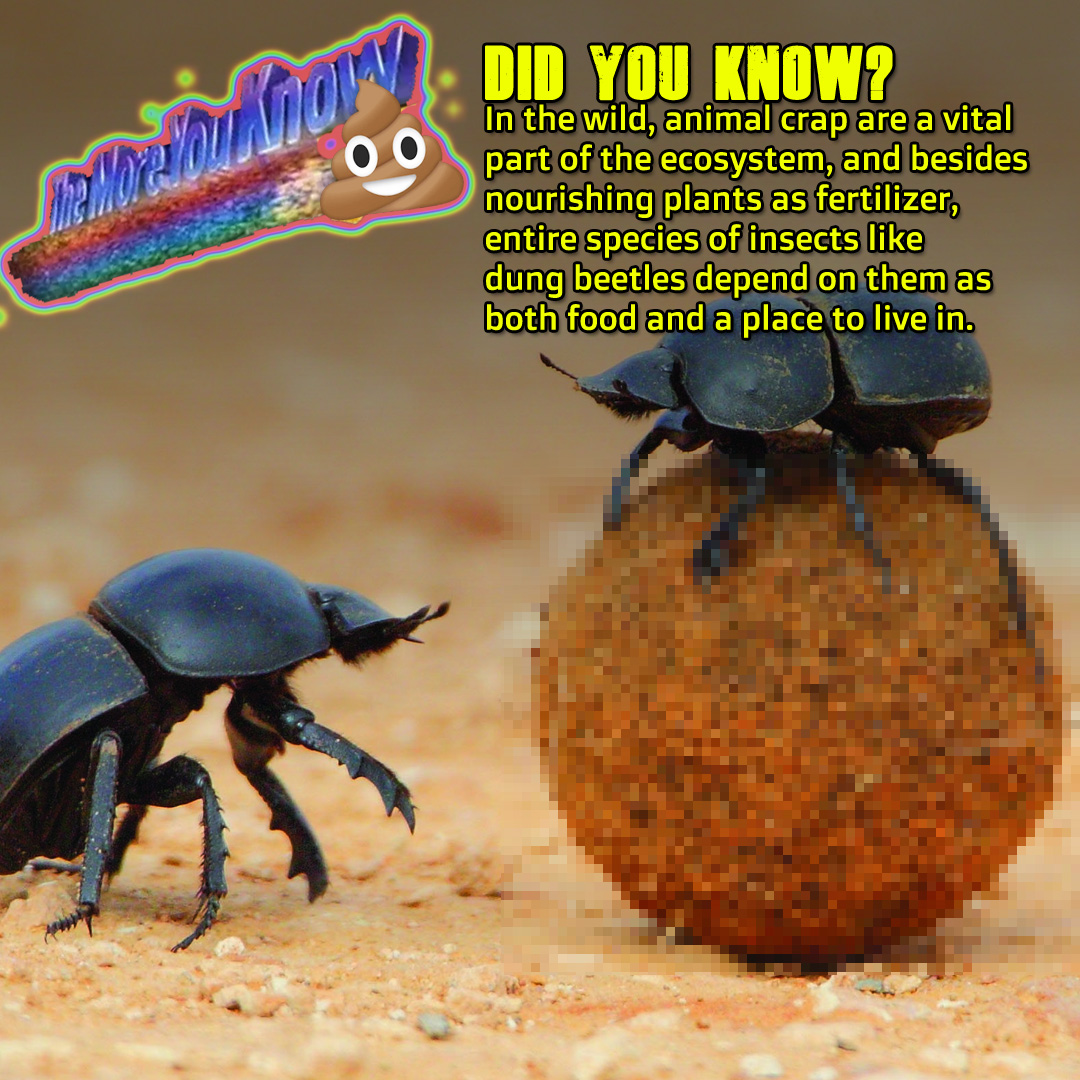
“I pay monthly RM500, you pay me rent RM950 a month.” Original img from EcoTraining.
Which brings us to the question…
Theoretically, shouldn’t it be possible for zoos to make money from their crap?

Making it rain. Gif from Tenor.
On one hand, zoos can probably use a bit more money in their coffers. Heck, everyone could use more money in their coffers, even Cilisos, but zoos have to feed their animals as well as their workers, and it can get real expensive. Caring for the tigers alone can set Zoo Negara back around RM500,000 per year, and they have like 254 other species to think about.
“It costs RM100 a day to feed the Malayan tigers while the Bengal ones eat 10kg of meat, or RM200 worth, a day. This boils down to RM40,000 per tiger a year, including their medicine. Factoring in the zookeepers’ expenses, we need about RM500,000 a year.” – Rosly @ Rahmat Ahmat Lana, Zoo Negara’s deputy president, to NST.
On the other hand, zoos make a sh*t ton of crap, which costs money to throw away (think labor and the travel costs). If zoos can sell their crap as fertilizer, wouldn’t that be killing conserving two birds with one stone piece of poo?
Both zoo guys we spoke to actually have differing opinions on this one. Our Zoo Taiping guy agreed that selling off their poo will greatly help the zoo in terms of additional funding as well as saving the costs associated with eliminating them. Our Zoo Melaka guy, on the other hand, feels that it won’t be much help. He revealed that it’s not exactly a novel idea, so the zoo have already looked into the suggestion, but they found that it wasn’t viable, practically and economically.

One last crappy infographic. Imgs from Wikimedia, AstroAwani and JohnsonSuisse.
It should be noted, however, that both zoos have different circumstances: Zoo Melaka seemed to outsource their poo management to a prison, so it might be more cumbersome and costly to move the poo back and forth or something, while Zoo Taiping seemed to manage their poo themselves, so maybe everything can be done internally. Zoo Negara, which also seem to process their dung in-house, believes that turning their dung into fertilizer won’t affect operational costs, and they can turn a profit by selling those.
“The processing of animal dung does not affect the existing operation costs, as we do not use any machine or equipment to process the dung,” – Zoo Negara Parks Department, to Cilisos.
Nevertheless, one solution may not fit all zoos in the country, but since there’s a lot of it coming out every day, maybe more research can be done on optimizing the waste from zoos. Maybe they can still sell it in a more value-added way, like this couple from South Africa who made a special type of flavorful gin from elephant crap. Or maybe they can employ other ways of processing, like Singapore Zoo’s utilization of black soldier fly larvae to compost their dung, and potentially using the larvae as animal feed as well.
Waste not, want not, as some would say. And in the case of mountains of animal dung piling up every day, it can pay to give a crap.
- 614Shares
- Facebook591
- Twitter4
- LinkedIn4
- Email3
- WhatsApp12





